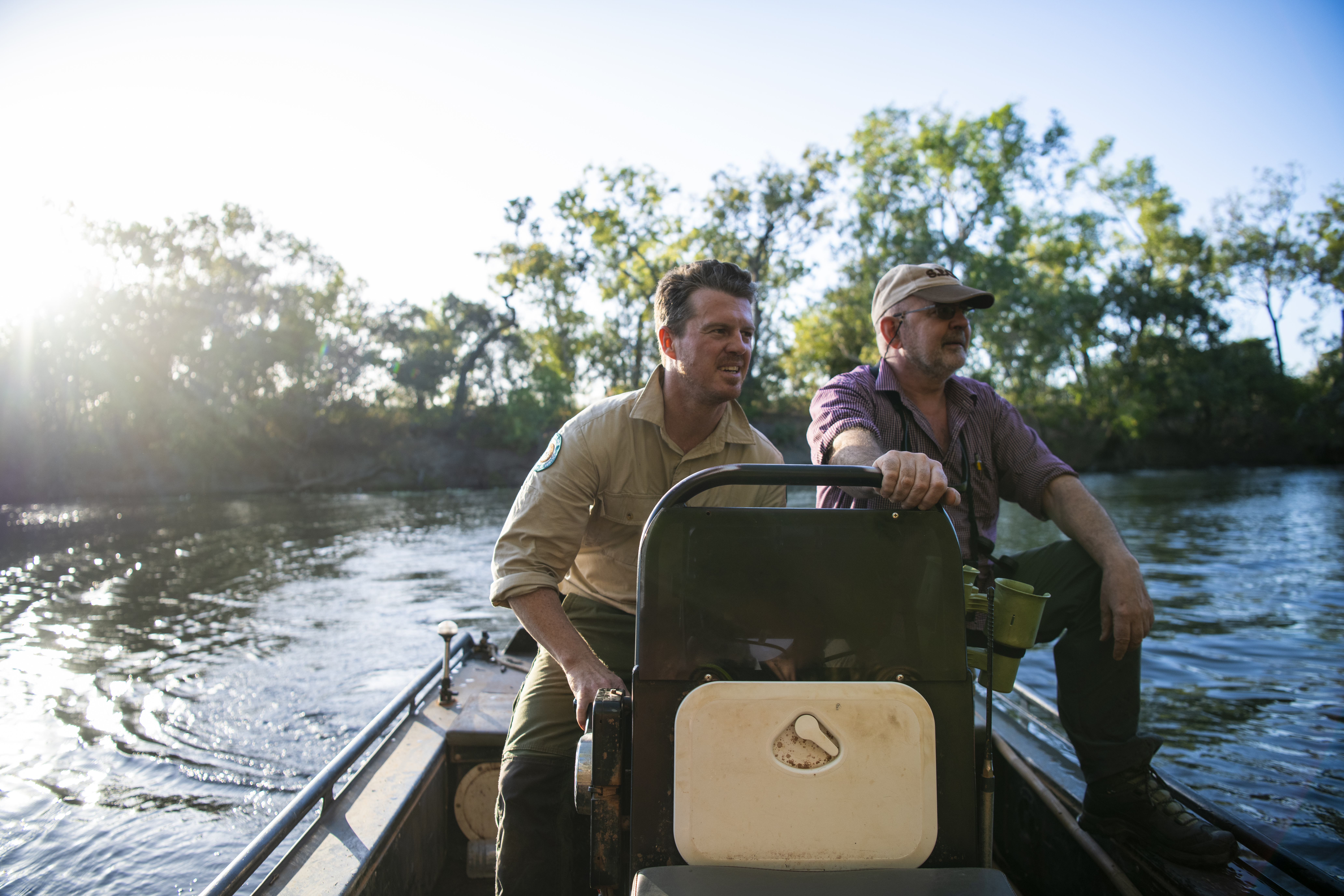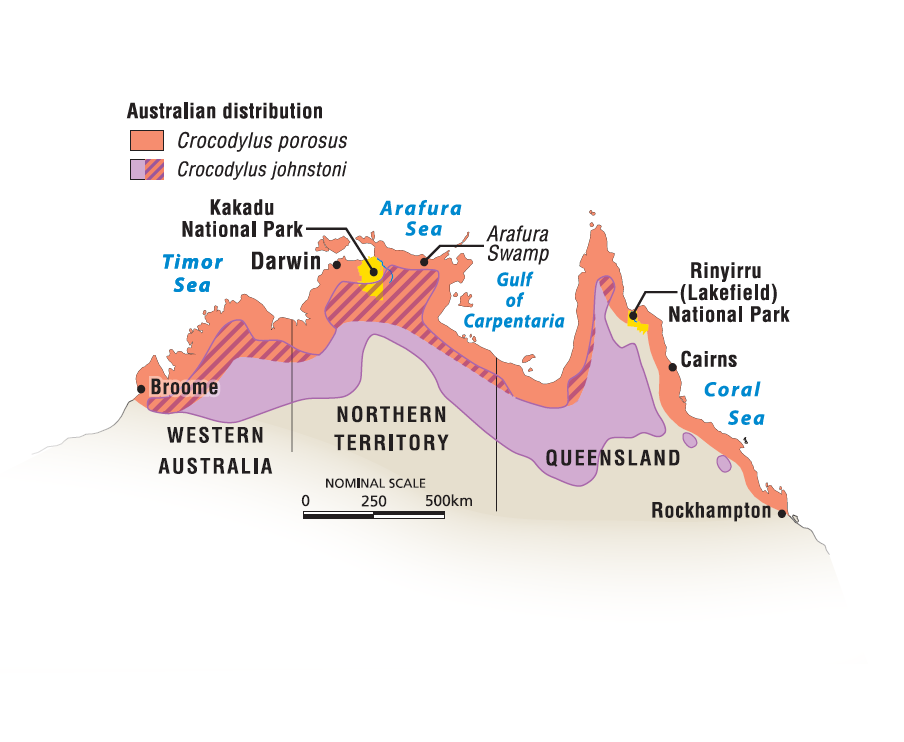Croc sighted near Brisbane an accidental visitor

Senior biologist Dr Laurence Taplin, who’s been surveying Queensland’s saltwater crocodile populations since 1984, yesterday confirmed there is no evidence that the distribution of the carnivorous reptile species is extending south.
He said the closest resident saltwater crocodile population to Brisbane is more than 500km away to the north in Rockhampton’s Fitzroy River and there’s nothing to suggest it’s been moving.
Dr Taplin is a crocodile expert who’s worked with crocodiles in Queensland since 1978 and no other authority knows the state’s saltwater crocodile population as intimately as he does.
He said he would describe the crocodile said to have been sighted off Minjerribah – an island also known as North Stradbroke Island or Straddie, 30km south-east of the Brisbane CBD – as a “vagrant”.

Lonely travellers
He likened its occurrence to that of other marine vagrants that are occasionally spotted well out of their normal distribution range.
This includes tropical marine snakes that have been reported from Victorian waters, New Zealand fur seals that have turned up on North Queensland beaches, or the walruses who were recently spotted on the UK coastline, well south of their usual Arctic habitat.
Occasionally a vagrant crocodile turns up in the Mary River, in Marybrough, 250km north of Brisbane. But these are quickly removed by authorities.
“There is certainly no evidence of any resident or breeding crocodile population south of the Fitzroy River and that’s 500km north of Brisbane as the crow flies,” Dr Taplin said.
“Animals found south of the Fitzroy River are unquestionably vagrants that might become resident if they find a bit of suitable habitat.

But they are not evidence of a southerly migration of the crocodile population or of breeding populations becoming established south of the Fitzroy River.”
If anyone does have evidence of crocodile nesting or a breeding aggregation south of the Fitzroy River it would be good to know about it.”
Not climate change related
Dr Taplin dismissed theories about climate change causing a change in crocodile distribution in Australia.
“I don’t have any hard and fast view about what might happen to the distribution of crocodiles in Qld in the event that climate change increases temperatures south of their range,” he added. “Past suggestions that the Qld crocodile population might or will shift south amount to little more than idle speculation lacking any reliable biological evidence.” For a deep dive into the latest on Australia’s saltwater crocodile population see:
For a deep dive into the latest on Australia’s saltwater crocodile population see:


